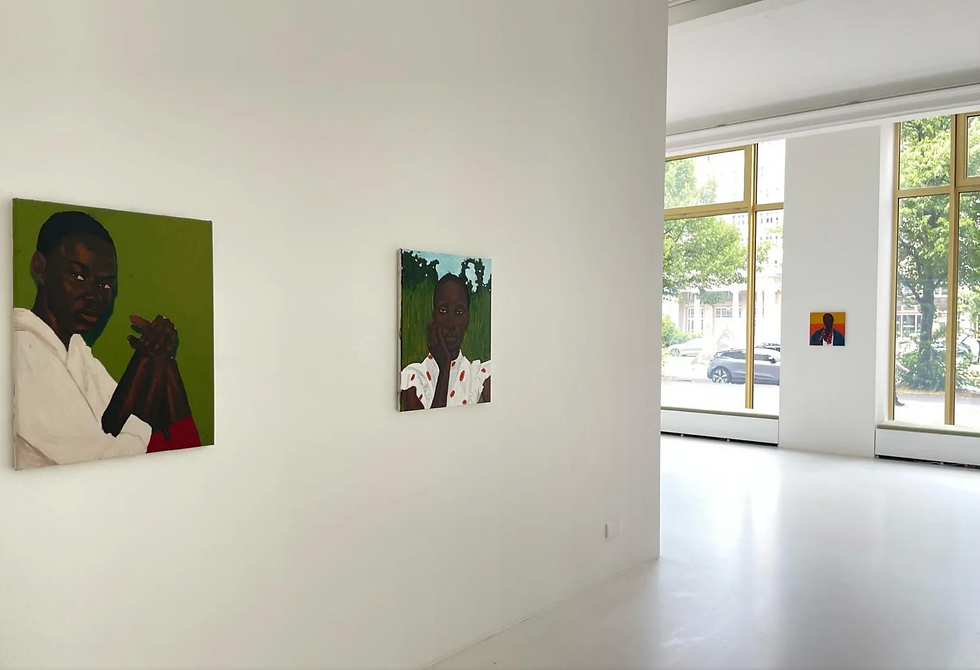How Art Fairs Shape the Future of Small Galleries
- Obidike Okafor
- Apr 17
- 2 min read
For London Gallerist Alice Amati, the art fair experience began not with a grand sale but with five days of standing. Without a chair in sight, she made do with a folding one from a hardware store, a practical yet ironic initiation into an industry where access to the right audience often comes at a steep price. Beyond the glamour of art fairs lies a high-stakes financial equation that defines success or survival for small galleries.

Since the inception of Art Cologne in 1967, contemporary art fairs have grown into a powerful force, dictating market trends, shaping reputations, and serving as a launchpad for emerging artists and galleries. Participation in these events can bring invaluable exposure and connections, but it also carries financial risks that can make or break a gallery’s future.
The Economics of Participation
Even a sold-out booth does not guarantee profitability due to additional costs such as lighting, transportation, customs duties, and unexpected logistical fees.
Government support programs occasionally cushion these expenses. Germany’s 2023 pilot program offering up to €12,000 ($12,512) to Berlin galleries was exhausted within months, reflecting both demand and the precarious nature of public funding. Dubai Culture and Arts Authority’s recent initiative to subsidize international booth fees offers a model, but such support remains geographically limited and inconsistent.
The Strategic Gamble
Despite these challenges, the pull of art fairs remains strong. Capsule Shanghai founder Enrico Polato attended a dozen fairs in 2023, driven by both strategic intent and fear of missing out. "One bad fair could potentially lead to the closure of a gallery," he acknowledges. The art fair circuit functions as an exclusive club where absence is often perceived as stagnation.
Collectors, too, remain committed to the format. According to the Art Basel and UBS Survey of Global Collecting 2024, 60% of collectors intend to maintain their fair attendance in 2025, while 28% plan to increase their visits. This commitment underscores the irreplaceable role fairs play in shaping demand and driving artist recognition.

Reforming the System
For many small and mid-sized galleries, the cost of visibility is unsustainable. Calls for reform range from expanding subsidized sections for young galleries to negotiating flat shipping rates to ease logistical burdens. The art fair ecosystem must evolve if it is to remain a sustainable model for all players.
Ultimately, art fairs are more than just sales venues; they are reputational accelerators. But unless structural changes provide more equitable access, the system will continue to favor those who can afford to lose, leaving smaller galleries in a cycle of precarious investment with uncertain returns.













Comments